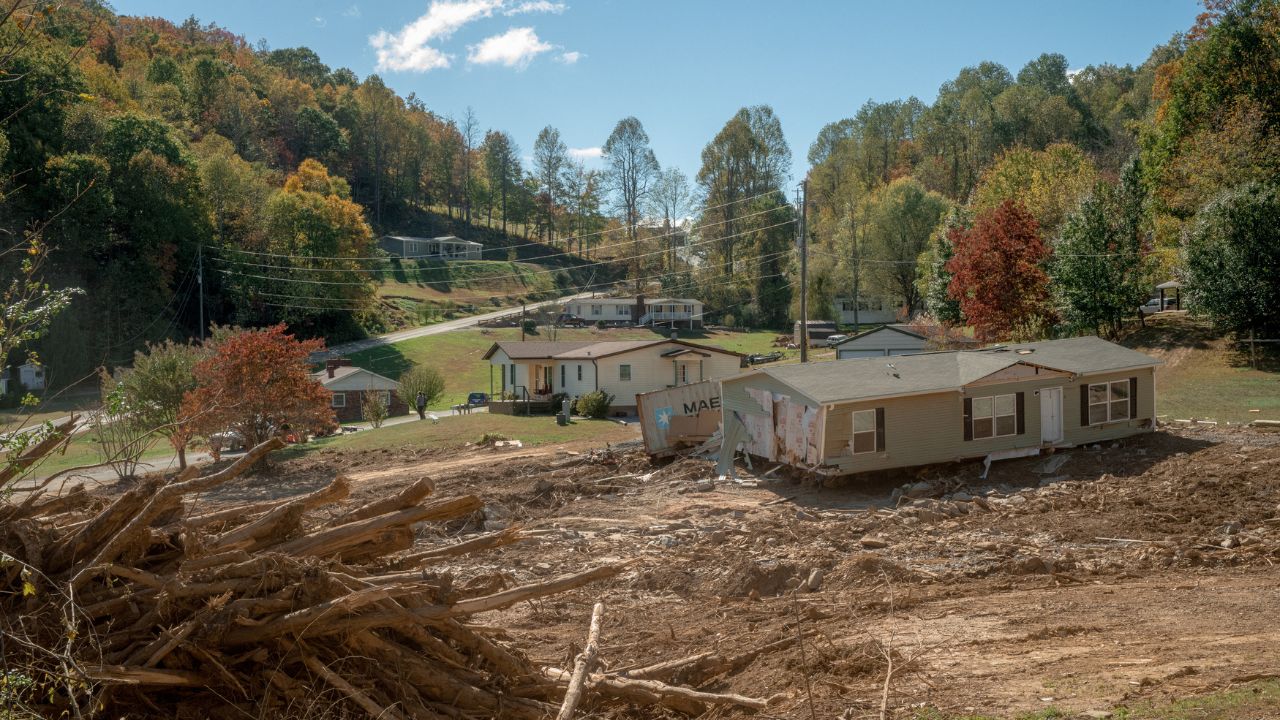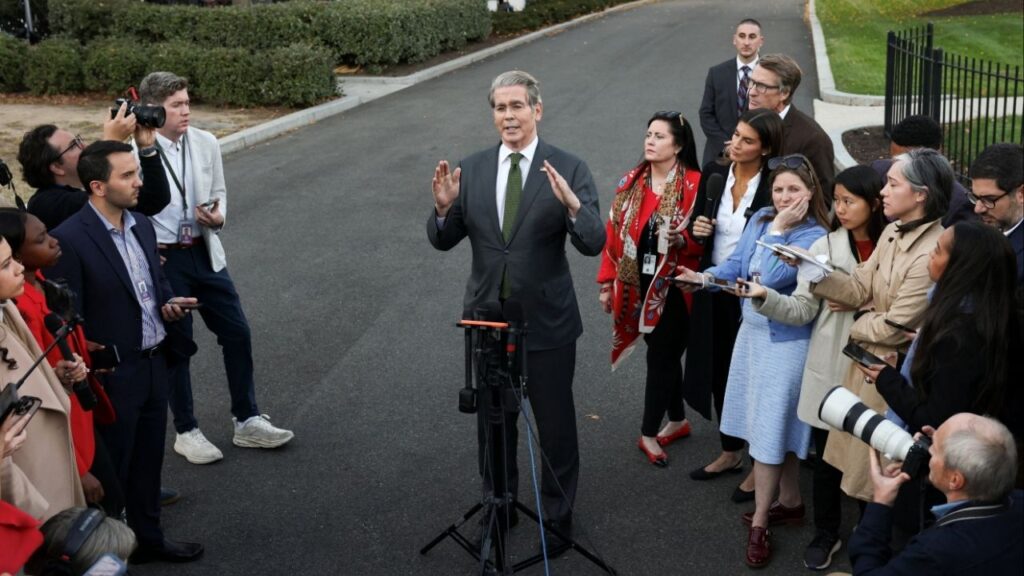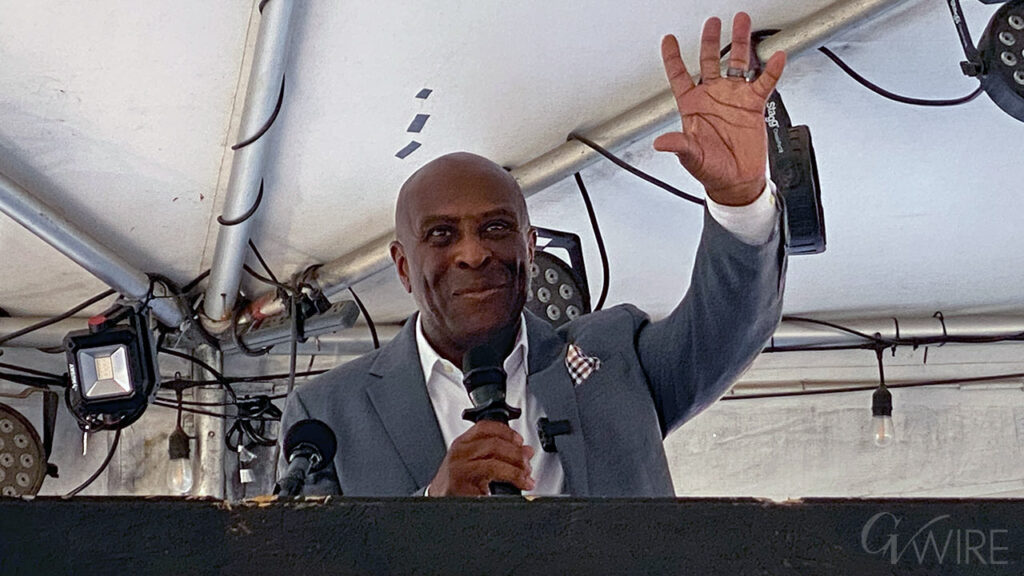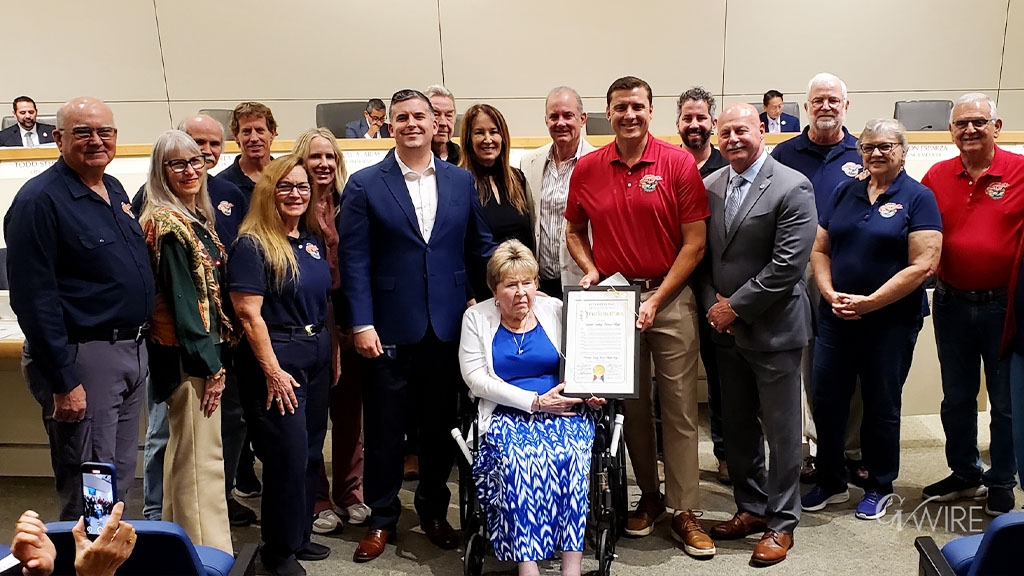Homes damaged by Hurricane Helene in Fairview, N.C., Oct. 16, 2024. The Trump administration plans to all but eliminate the Office of Community Planning and Development, which pays to rebuild homes and other recovery efforts after the country’s worst disasters. (Mike Belleme/The New York Times)

- The Trump administration plans to cut 84% of staff at HUD's office overseeing disaster recovery, raising concerns about future rebuilding efforts.
- HUD’s disaster recovery program plays a critical role in rebuilding after major events, providing aid for homes and infrastructure.
- Critics warn that deep staff cuts at HUD could increase the risk of fraud and delay disaster recovery efforts.
Share
|
Getting your Trinity Audio player ready...
|
WASHINGTON — The Trump administration plans to all but eliminate the office that oversees America’s recovery from the largest disasters, raising questions about how the United States will rebuild from hurricanes, wildfires and other calamities made worse by climate change.
The Office of Community Planning and Development, part of the Department of Housing and Urban Development, pays to rebuild homes and other recovery efforts after the country’s worst disasters, such as Hurricane Helene in North Carolina and Hurricane Milton in Florida.
The administration plans to cut the staff in that office by 84%, according to a document obtained by The New York Times. The number of workers would be cut to 150, from 936 when President Donald Trump took office last month.
Those cuts could slow the distribution of recovery money to North Carolina and other recent disasters, depending how quickly they happen.
“HUD is carrying out President Trump’s broader efforts to restructure and streamline the federal government to serve the American people at the highest standard,” a spokesperson for the department, Kasey Lovett, said in an initial statement.
In an additional statement, Lovett wrote: “Disaster recovery efforts are a top priority and will not be impacted. HUD’s mission to serve all communities — especially following tragedies — remains unchanged.”
Rebuilding Communities After Disasters Falls to FEMA
The primary responsibility for rebuilding communities after major disasters falls to the Federal Emergency Management Agency, which helps state and local governments pay to repair or rebuild damaged roads, bridges, schools, water treatment plants and other public infrastructure. The agency also provides money to help repair damaged homes.
But some disasters are so big that they exceed FEMA’s funding, or the damage doesn’t fit neatly within FEMA’s programs. When that happens, Congress can choose to provide additional help, through a program at HUD called the Community Development Block Grant — Disaster Recovery.
That extra help from Congress can involve far greater sums than what FEMA can provide. In 2006, for example, Congress provided almost $17 billion to rebuild the Gulf Coast after hurricanes Katrina, Rita and Wilma. After Hurricane Sandy, Congress gave HUD more than $15 billion to help rebuild the Northeast.
As disasters have grown more frequent and severe, HUD’s disaster recovery program has become central to the country’s strategy for coping with climate change. During the 1990s, Congress typically gave the program a few hundred million dollars a year. Over the past decade, by contrast, Congress has often provided billions or even tens of billions annually.
HUD’s Money Comes With Less Strings
HUD’s disaster recovery money also comes with fewer strings attached. The money is largely used to rebuild homes that were either uninsured or underinsured, which FEMA does not pay for. It also goes toward rebuilding infrastructure that’s not covered by FEMA, like the private roads and bridges that were significantly damaged by Helene in North Carolina.
The money can also be used for job training, to help workers whose employers went out of business after a disaster.
Because state and local officials are often overwhelmed by a disaster, and because the influx of federal funds is large and quick, one of HUD’s main jobs is ensuring the money isn’t lost to waste, fraud or abuse. That includes tasks like helping state and local governments set up systems to avoid paying contractors twice, according to a former official who worked on the program. It can also mean more complicated tasks like coordinating HUD’s grants with other federal disaster programs.
HUD’s community planning and development office was already stretched thin, especially as large-scale disasters have become more frequent. On average, the HUD employees who manage disaster grants are each responsible for overseeing about $1 billion in grants, according to an official who worked in the office.
Deep cuts to staffing levels would make it harder for HUD to prevent fraud, waste and abuse, according to two former officials familiar with the program who spoke on the condition of anonymity out of fear of retaliation. The cuts are being dictated by the so-called Department of Government Efficiency, whose stated goal is to reduce fraud, waste and abuse.
The community planning and development office is responsible for managing other spending programs beyond disaster recovery. Those include paying for infrastructure upgrades like sewers and sidewalks, affordable housing projects and programs like Meals on Wheels.
—
This article originally appeared in The New York Times.
By Christopher Flavelle/Mike Belleme
c. 2025 The New York Times Company




















